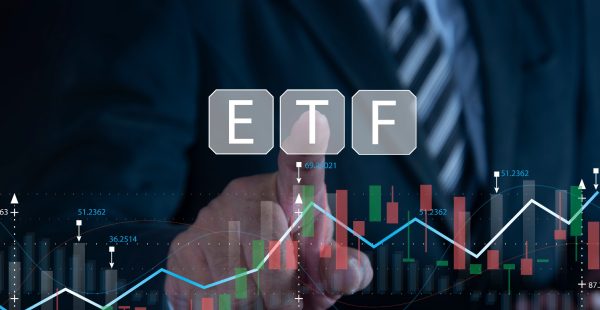ASIC LEI consultation highlights push for global alignment

The Australian Securities and Investments Commission (ASIC) new consultation paper on the legal entity identifier (LEI) has stressed increased push for global regulatory harmony for Australian derivative transaction reporting and a better adoption of international best practice.
APIR Systems’ chief executive, Chris Donohoe, said that ASIC’s proposed regulations found the LEI as the only acceptable identifier to be used by Australian legal entities in OTC reporting, reflecting the trends from offshore jurisdictions.
“APIR has been a long-standing supporter of legislation that aligns Australia with international best practice and facilitates global regulatory harmony,” Donohoe said.
The LEI is a 20-character alphanumeric code connecting an entity to key reference data, including information about the entity’s ownership structure, which needs to be renewed annually in order to ensure the currency of the reported transaction data.
According to Donohoe, the LEI lapse rate in Australia was close to 45%, compared with 35% globally.
“The proposed changes would help bring Australia in line with global benchmarks,” he said.
“Many Australian transaction reporting entities captured under ASICs Derivative Transaction Rules (Reporting) are a subsidiary of an international brand, therefore being brought into the global alignment is a win for the domestic financial services industry.”
The consultation period would close 8 July 2022, with proposed legislation slated to be effective from 1 October 2023.











It's entertaining watching people who didn't care at toss about equity when advisers copped it, but now they're facing the…
Besides AI has made these "Research Houses" obsolete. Go use Grok or Gemini.
Only took six months
No way would I pay for the rubbish that comes out of so called rating and research houses. Paying someone…
And people wonder why advisers are leaving the industry (or just getting out of providing any form of personal advice…